The Healing Power of Fermented Vegetables for Gut Health
Ali Segersten Jul 03, 2025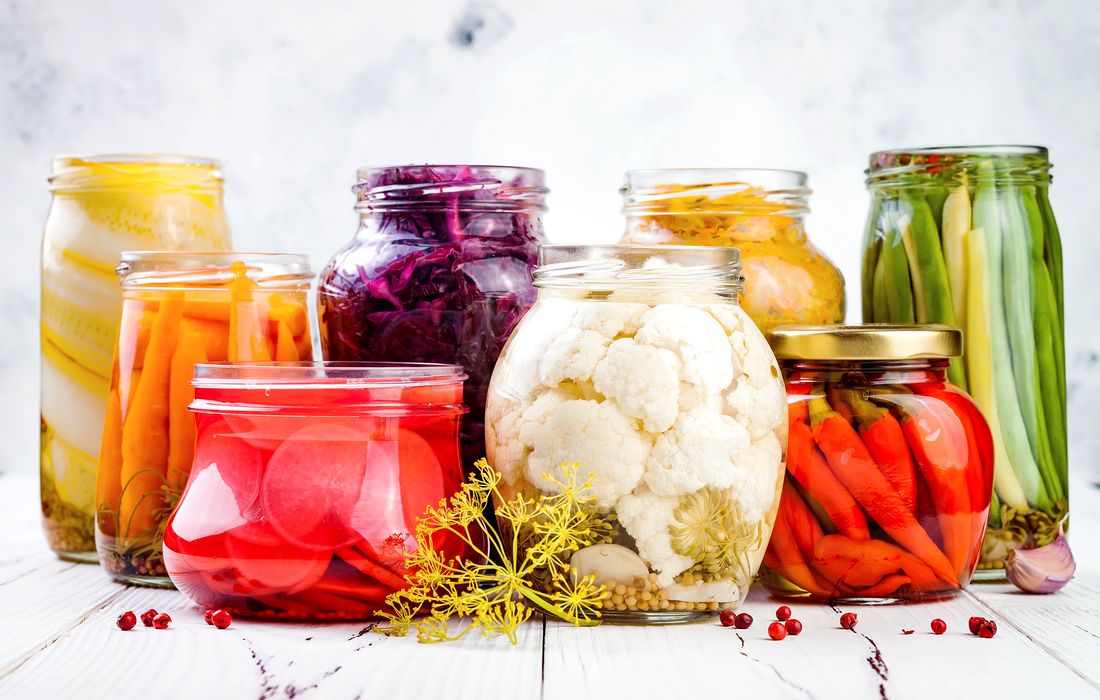
You've probably heard of sauerkraut, kimchi, and sour dill pickles, right? These are all examples of lacto-fermented vegetables—a traditional form of food preservation that has supported human health for centuries.
Before refrigeration, lacto-fermentation was a primary method for preserving the harvest through the winter. If you find yourself with a garden full of cabbage, carrots, cauliflower, green beans, or beets, consider transforming them into a few jars of tangy, probiotic-rich vegetables. When stored properly, these fermented foods can last for months—if they don’t get devoured first!
Beyond preservation, they nurture your gut microbiome—your inner garden of health and healing.
Fermented vegetables are rich in beneficial microorganisms, bioactive peptides, and naturally occurring acids that help regulate inflammation, improve digestion, and strengthen the gut lining. And while the beneficial bacteria in fermented foods tend to be transient, research shows they still provide powerful immune and anti-inflammatory benefits—especially when consumed consistently.
Why Fermented Vegetables Matter
Fermentation is an ancient partnership between humans and microbes. For thousands of years, cultures around the world have used bacteria to preserve and enhance their food—sauerkraut in Germany, kimchi in Korea, cucumber pickles in the Middle East, and umeboshi plums in Japan. These traditions weren’t just about preservation—they were about nourishment, too.
All life has evolved alongside bacteria. In the soil, bacteria help plants access minerals. In our bodies, they aid digestion, modulate immunity, and protect against disease. When we ferment vegetables in a salt brine, we invite beneficial bacteria to flourish. These microbes consume starches and sugars, lowering the pH and producing lactic acid—a natural preservative that also supports digestion, microbial balance, and nutrient absorption.
Fermented vegetables are more than a flavorful addition to your plate—they’re living foods, rich in:
- Beneficial microorganisms (primarily lactic acid bacteria) that help suppress harmful microbes and support the growth of your native gut flora
- Bioactive peptides with anti-inflammatory and immune-supportive effects
- B vitamins and vitamin C, depending on the vegetable and fermentation process
- Phytonutrients that remain bioavailable—and in some cases are transformed into new, bioactive compounds through fermentation. For example, glucosinolates in cruciferous vegetables may be partially broken down, reducing some precursors but forming beneficial metabolites that continue to support detoxification and antioxidant defenses.
Regularly consuming fermented vegetables may help shift the terrain of your gut toward more favorable conditions. This can be especially powerful if you’re struggling with signs of gut dysbiosis—a state of imbalance where opportunistic or pathogenic microbes outweigh beneficial ones.
Symptoms of Gut Dysbiosis May Include:
These symptoms may be associated with or exacerbated by an imbalanced gut microbiome.
- Bloating, gas, or irregular digestion (IBS)
- Brain fog, fatigue, or mood imbalances
- Food sensitivities or hormonal disruptions
- Skin issues, joint pain, or autoimmune flares
- Sleep disturbances or nutrient malabsorption
- Non-alcoholic fatty liver disease or metabolic issues
How Fermented Vegetables Support Your Microbiome
The cells that line your gut are equipped with sensors called pattern recognition receptors (PRRs). These receptors detect microbial components—especially molecules from harmful bacteria such as lipopolysaccharides (LPS).
When pathogenic microbes dominate, these receptors trigger inflammatory pathways, activating the release of pro-inflammatory cytokines and contributing to intestinal permeability (commonly known as leaky gut). Once the gut barrier is compromised, bacterial fragments and food antigens can leak into the bloodstream, provoking immune reactions and amplifying systemic inflammation. Even brain cells have receptors for LPS—which helps explain why gut inflammation can contribute to brain fog, anxiety, and mood imbalances.
In contrast, beneficial microbes found in fermented vegetables support the gut lining and promote immune regulation by stimulating the production of anti-inflammatory cytokines. They help shift the microbiome toward resilience and harmony—creating conditions that allow your inner ecosystem to flourish.
Common Probiotic Strains Found in Fermented Vegetables:
Fermented vegetables are naturally rich in wild, lactic acid–producing bacteria (LAB) that thrive in salty, anaerobic environments. These beneficial microbes multiply during fermentation, lowering the pH, inhibiting pathogens, and enriching the final product with immune- and gut-supportive compounds.
Among these are bioactive peptides, including bacteriocins—antimicrobial proteins produced by beneficial microbes that help suppress harmful bacteria during fermentation and may continue to inhibit pathogenic microbes within the gut after consumption.
Here are some of the most well-studied probiotic strains commonly found in lacto-fermented vegetables like sauerkraut, kimchi, and pickled carrots:
- Lactobacillus plantarum: Enhances gut barrier integrity, reduces intestinal inflammation, and may improve symptoms of IBS. Also known for producing bioactive peptides that support immune function.
- Lactobacillus brevis: Produces antimicrobial peptides and helps regulate immune responses. Shown to increase natural killer (NK) cell activity and reduce inflammation in human trials.
- Lactobacillus sakei: Commonly found in kimchi, this strain can inhibit pathogens, support nasal and skin microbiota, and may help reduce histamine responses. Emerging research also links it to reduced respiratory infections.
- Lactobacillus curvatus: Plays a key role in flavor development and preservation. Works synergistically with other LAB strains to enhance microbial diversity.
- Leuconostoc mesenteroides: One of the first microbes to dominate during fermentation. It initiates lactic acid production, kick-starts preservation, and lays the foundation for a broad and stable microbial community.
- Pediococcus pentosaceus: Produces bacteriocins—antimicrobial peptides with the ability to inhibit harmful microbes during fermentation. Supports gut flora resilience and has been shown to reduce intestinal inflammation and oxidative stress.
- Weissella cibaria: Found in early fermentation stages. Produces exopolysaccharides and antimicrobial substances that may enhance mucosal health and support immune balance.
These strains are naturally occurring and vary by vegetable, region, salt level, temperature, and even kitchen microbes. Unlike standardized probiotic supplements, fermented vegetables offer a biodiverse, evolving microbial community—a daily dose of nature’s intelligence.
Fermented Foods: Transient but Transformative
The first three years of life are a critical window for microbiome development. After this, the beneficial microbes from fermented foods or probiotics are typically transient—they pass through rather than colonize permanently. But this doesn't diminish their importance. These microbes:
- Modulate immune function
- Crowd out opportunistic pathogens
- Enhance digestion and enzyme production
- Improve gut barrier integrity
- Influence gut-brain signaling and mood regulation
Even temporary exposure to these microbes can create lasting shifts in your gut environment. To understand how these microbial allies are created, let’s take a closer look at the science of lacto-fermentation. One of the most powerful effects of these transient microbes is how they create favorable conditions for your native gut bacteria to thrive, enhancing microbial diversity and restoring balance from within.
The Science of Lacto-Fermentation
Lacto-fermentation is a microbial preservation process that uses lactic acid bacteria (LAB)—primarily Lactobacillus, Leuconostoc, and Pediococcus species—naturally found on fresh vegetables.
In an anaerobic (oxygen-free), salty brine, these microbes:
- Consume sugars and starches from the plant tissue
- Convert them into lactic acid, which lowers the pH
- Produce organic acids, bioactive peptides, and carbon dioxide
- Inhibit the growth of harmful bacteria and preserve the vegetables
Fermentation can also enhance the nutritional profile of vegetables. Certain strains of lactic acid bacteria are capable of synthesizing B vitamins, particularly riboflavin (B2) and folate (B9), under specific conditions, which may lead to increased concentrations of these nutrients in the final product.
Vegetables Commonly Used in Lacto-Fermentation:
- Cabbage (for sauerkraut, kimchi, curtido)
- Carrots (with garlic, ginger, or dill)
- Beets (alone or with herbs and onions)
- Radishes (especially daikon and watermelon radish)
- Cauliflower and broccoli florets
- Green beans
- Turnips and kohlrabi
- Pickling cucumbers (for traditional dill pickles)
- Garlic cloves, leeks, and onions
- Peppers (sweet or hot) for hot sauce or pickled condiments
The key is to use fresh, organic produce and keep it fully submerged in the brine. Mold cannot grow without oxygen, so the brine line is your protective barrier.
How to Enjoy Fermented Vegetables Daily
Just 1 to 3 tablespoons per day can make a meaningful difference. The microbes, enzymes, and acids help support digestion, improve mineral absorption, and regulate inflammation, especially when paired with a diverse, plant-rich diet. Download our free Fermented Vegetables 101 PDF for everything you need to start making your own ferments at home.
Easy Ways to Incorporate Fermented Veggies:
- Top a warm egg and veggie scramble with a spoonful of kraut or fermented carrots
- Add to soups or stews just before serving (to preserve probiotic benefits)
- Tuck into tacos and lettuce wraps for a zingy contrast
- Stir into salads or grain bowls—especially good with lentils, quinoa, or rice
- Use fermented hot sauce or sriracha as a gut-supportive condiment
- Serve with cheese boards or grazing platters for added crunch and color
- Layer onto avocado toast or hummus crackers
- Use as a side dish with curry, grilled fish, or slow-cooked meats
These small, daily additions provide a steady stream of support to your gut ecosystem, and they also awaken your palate with bright, tangy, living flavor.
What About Histamine Intolerance?
For some individuals, fermented vegetables may trigger symptoms due to histamine intolerance—a condition where the body struggles to break down histamine, a compound that increases during fermentation.
Potential Symptoms of Histamine Sensitivity:
- Headaches or flushing
- Skin itching, rashes, or hives
- Digestive distress (bloating, nausea, cramping)
- Anxiety or insomnia
- Heart palpitations or lightheadedness
This doesn’t mean fermented foods are ‘bad’—it simply means your body’s ability to clear histamine may be compromised, often due to overburdened or nutrient-depleted pathways. Histamine is broken down by two key enzymes: diamine oxidase (DAO), which acts in the gut to degrade dietary histamine, and histamine-N-methyltransferase (HNMT), which functions within cells throughout the body. Both enzymes rely on specific nutrient cofactors to function effectively. DAO activity depends on vitamin B6 and copper, while HNMT function is supported through methylation pathways that require nutrients such as B6, folate, B12, and magnesium. Vitamin C, zinc, and molybdenum may support histamine clearance indirectly by enhancing antioxidant defenses, stabilizing mast cells, supporting gut and liver function, and assisting detoxification pathways.
How to Feed Your Gut Without Ferments:
If you’re healing from histamine intolerance, support your microbiome with low-histamine, prebiotic-rich foods such as:
- Steamed cruciferous veggies (broccoli, kale, cabbage)
- Root vegetables (carrots, sweet potatoes, parsnips)
- Oats, brown rice, and black rice
- Apples, blueberries, and pomegranate
- Fresh herbs like parsley, basil, mint, and cilantro
These foods nourish beneficial bacteria, increase short-chain fatty acid production, and support gut lining integrity, without triggering histamine reactions. As your digestion improves and nutrient levels rise, you may eventually be able to tolerate small amounts of fermented foods again.
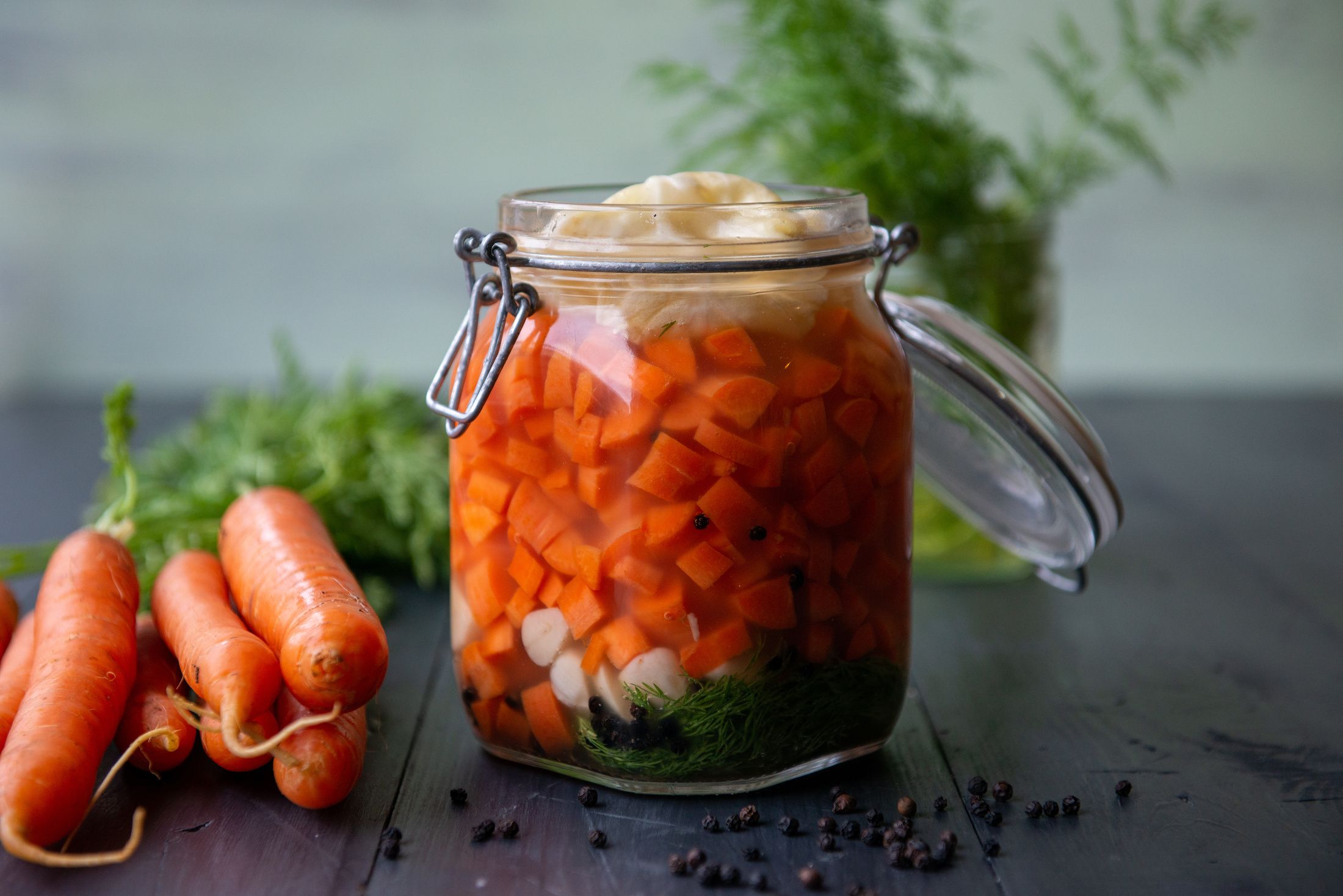
Tending the Garden Within
In many ways, fermented vegetables are more than food—they’re an embodiment of the intelligence of nature and the ancient dance between microbes and humans. They remind us that healing can be a simple act of daily nourishment. Sometimes it begins with just a few humble ingredients, a glass jar, and a pinch of salt—transforming not just our food, but our inner landscape.
This is how healing begins—one forkful at a time. One microbial miracle at a time. One return to the wisdom of nature and your own inner ecosystem.
Ready to take the next step in supporting your gut health?
Continue on Your Nourishment Journey:
Adding fermented vegetables to your plate is a powerful beginning. If you're ready to deepen your healing and support your inner ecosystem even more, here are your next steps:
🌀 Gift #7: Nourish with Probiotics and Prebiotics →
Explore this month’s theme in our 12 Gifts of Health journey—how to replenish your gut with living foods, strengthen your immune system, and lay the foundation for long-term vitality.
Go to Gift #7 »
🥕 How to Make Lacto-Fermented Vegetables (Blog Post) →
Step deeper into the art and science of home fermentation with this in-depth guide, featuring flavor combinations, troubleshooting tips, and more.
Read the blog post »
🌶 How to Make Lacto-Fermented Hot Sauce (Blog Post) →
Spice up your microbiome with this vibrant, probiotic-rich hot sauce that’s easy to make and bursting with flavor.
Try the recipe »
🌿 Download the “Fermented Vegetables 101” PDF →
Print or save this guide to keep on your fridge as you begin your fermentation journey. It includes equipment lists, brine ratios, recipe inspiration, and your own “First Ferment Notes” page.
Download the PDF »
References:
Leeuwendaal, N. K., Stanton, C., O'Toole, P. W., & Beresford, T. P. (2022). Fermented foods, health and the gut microbiome. Nutrients, 14(7), 1527. https://doi.org/10.3390/nu14071527
Marco, M. L., Heeney, D., Binda, S., Cifelli, C. J., Cotter, P. D., Foligné, B., ... & Hutkins, R. (2017). Health benefits of fermented foods: Microbiota and beyond. Current Opinion in Biotechnology, 44, 94–102. https://doi.org/10.1016/j.copbio.2016.11.010
Park, K. Y., Jeong, J. K., Lee, Y. E., & Daily, J. W. (2014). Health benefits of kimchi (Korean fermented vegetables) as a probiotic food. Journal of Medicinal Food, 17(1), 6–20. https://doi.org/10.1089/jmf.2013.3083
Pessione, E. (2012). Lactic acid bacteria contribution to gut microbiota complexity: Lights and shadows. Frontiers in Cellular and Infection Microbiology, 2, 86. https://doi.org/10.3389/fcimb.2012.00086
Tamang, J. P., Watanabe, K., & Holzapfel, W. H. (2016). Review: Diversity of microorganisms in global fermented foods and beverages. Frontiers in Microbiology, 7, 377. https://doi.org/10.3389/fmicb.2016.00377
Wei, L., Van Beeck, W., Hanlon, M., DiCaprio, E., & Marco, M. L. (2025). Lacto-fermented fruits and vegetables: Bioactive components and effects on human health. Annual Review of Food Science and Technology, 16(1), 289–314. https://doi.org/10.1146/annurev-food-052924-070656
Wijngaard, H. H., Haug, W., & Lantzsch, H. J. (2004). Increased folate content in root vegetables by lactic acid fermentation using selected starter cultures. Food Chemistry, 88(3), 373–376. https://doi.org/10.1016/j.foodchem.2004.01.052
Zabat, M. A., Sano, W. H., Wurster, J. I., Cabral, D. J., & Belenky, P. (2018). Microbial community analysis of sauerkraut fermentation reveals a stable and rapidly established community. Foods, 7(5), 77. https://doi.org/10.3390/foods7050077

About the Author
Alissa Segersten, MS, CN
Alissa Segersten, MS, CN, is the founder of Nourishing Meals®, an online meal-planning membership with over 1,800 nourishing recipes and tools to support dietary change and better health. As a functional nutritionist, professional recipe developer, and author of The Whole Life Nutrition Cookbook, Nourishing Meals, and co-author of The Elimination Diet, she helps people overcome health challenges through food. A mother of five, Alissa understands the importance of creating nutrient-dense meals for the whole family. Rooted in science and deep nourishment, her work makes healthy eating accessible, empowering thousands to transform their well-being through food.Nourishing Meals Newsletter
Email updates.
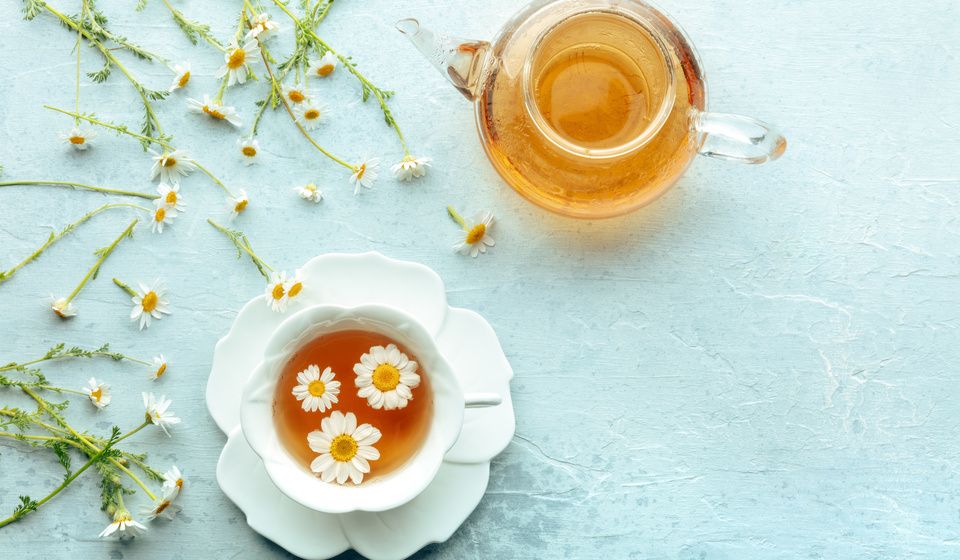
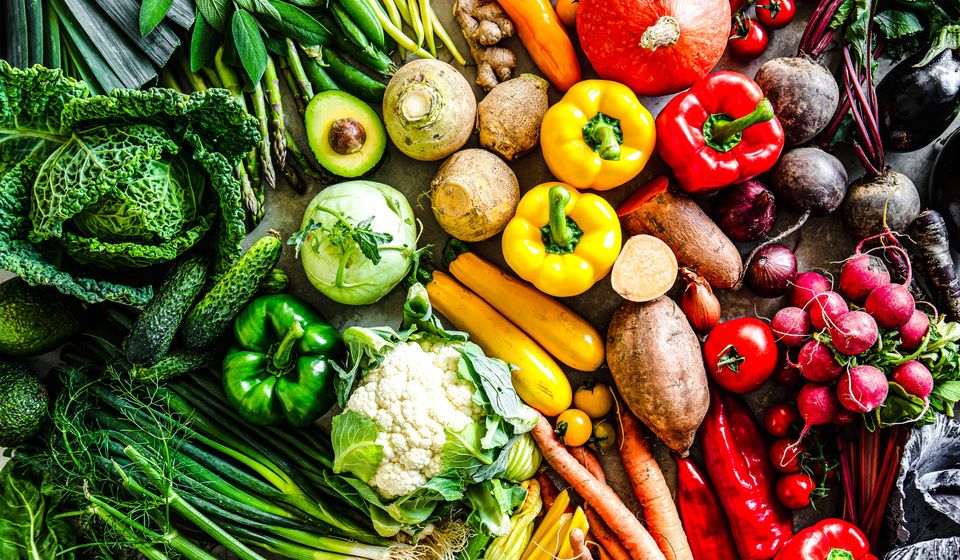
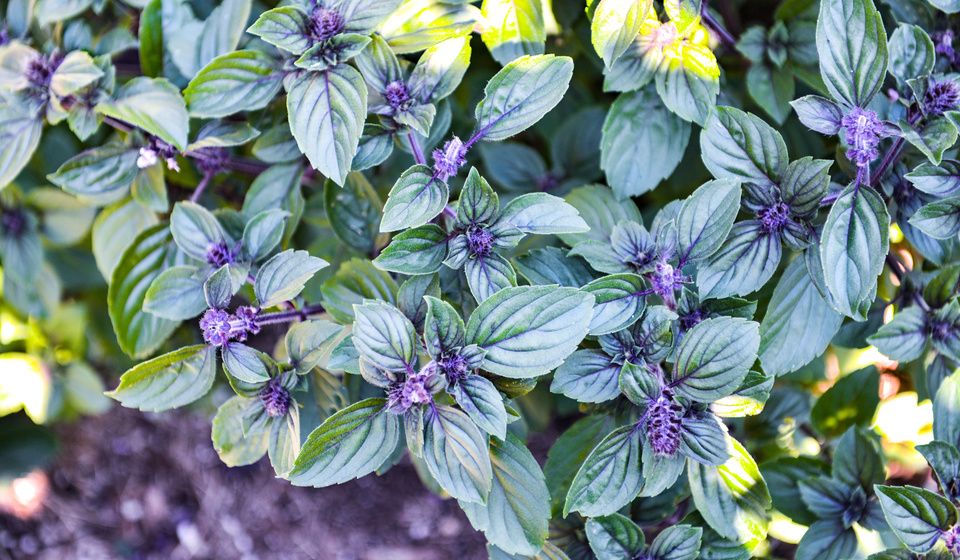
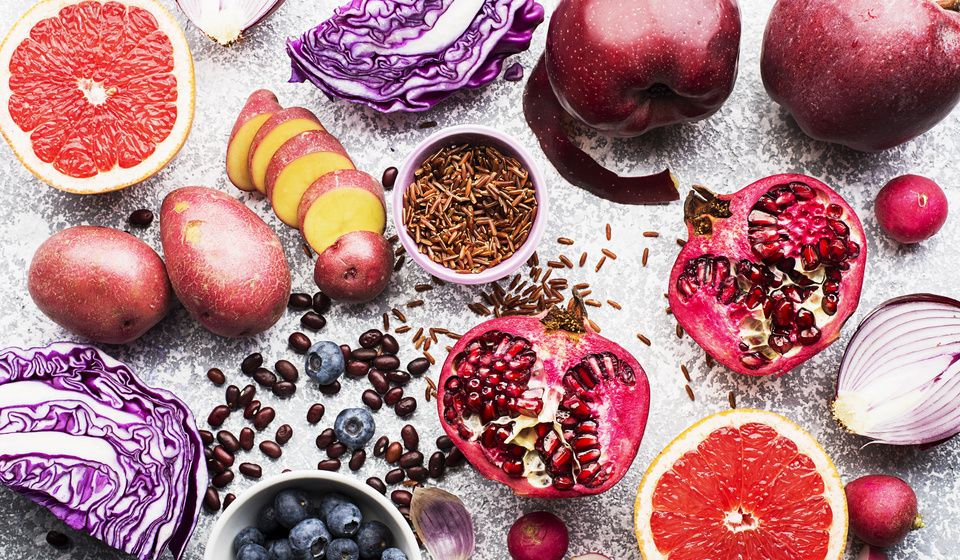
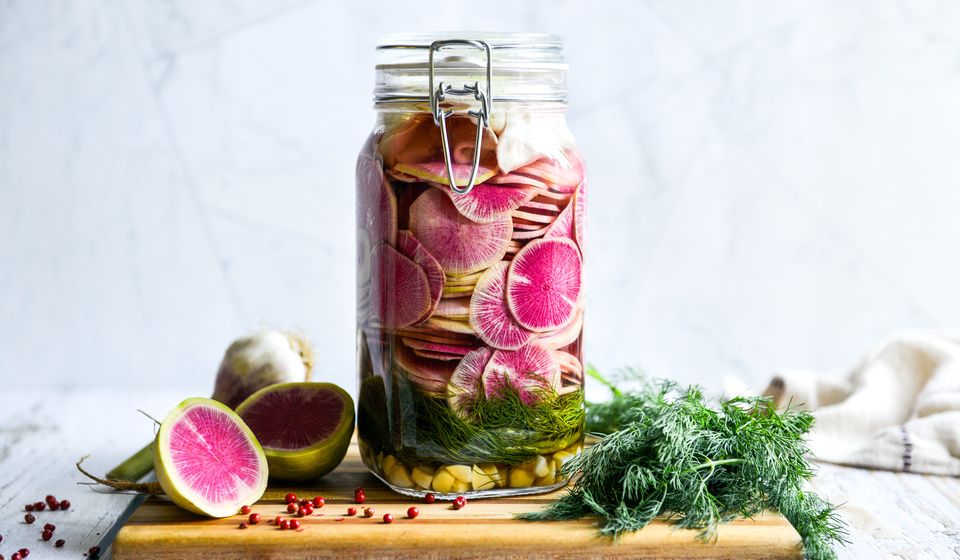
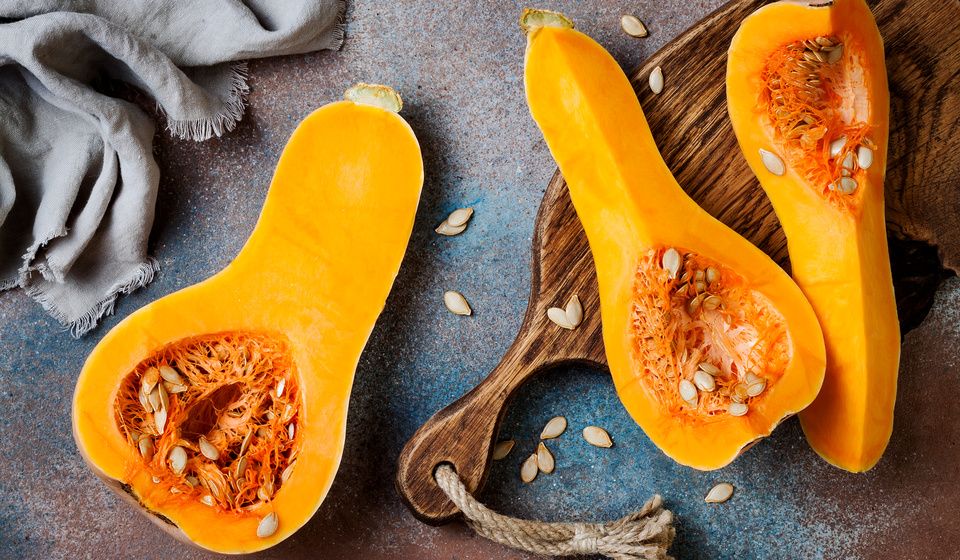
Add Comment